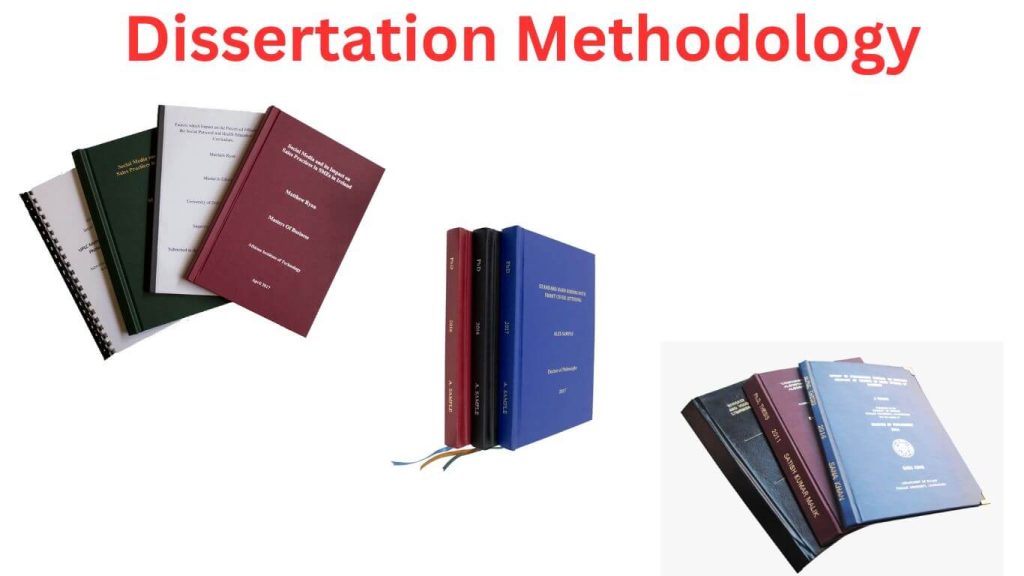Data Analysis for Dissertation, Thesis, and Capstone Project
 Data analysis is a vital phase of a dissertation, involving the application of statistical tests to derive meaningful insights from primary or secondary data. This process enables researchers to explore the core issue by testing hypotheses and should be thoroughly detailed in both the introduction and methodology sections.
Data analysis is a vital phase of a dissertation, involving the application of statistical tests to derive meaningful insights from primary or secondary data. This process enables researchers to explore the core issue by testing hypotheses and should be thoroughly detailed in both the introduction and methodology sections.
Once data has been gathered, consulting experts to determine the most appropriate statistical test is essential. This will save you time and ensure that your analysis is written in the appropriate format and is detailed enough to answer the research question(s) and support your point of view. When evaluating your dissertation, the committee will be looking to see if you selected the appropriate test and followed the right steps to arrive at the results. Therefore, every step in your data analysis should be completed carefully to avoid errors and misinterpretation.
Why You Need to Conduct Data Analysis for Dissertation

Data Analysis for Dissertation Can Be Quantitative or Qualitative
Quantitative Analysis
Qualitative Analysis
How to Write Accurate Data Analysis For Dissertation/Thesis
You have collected enough data on your dissertation topic. Now it is important to follow these three steps to ensure accurate findings.
- Step 1: Conduct comprehensive data cleaning: After collecting data, it is important to remove errors and prepare data for data analysis. Failure to clean data before analysis can result in inaccurate and misleading findings.
- Step 2: Select the appropriate statistical test: Most students fail to select the correct statistical test even after spending weeks collecting data for their dissertation. It is important to select the most suitable statistical test to answer the research questions you presented in Chapter 1. If you don’t have any data analysis skills, have a statistician develop a comprehensive data analysis plan to ensure your dissertation findings answer the research questions.
- Step 3: Prepare data for analysis: Given that different software can be used for data analysis, it is important to prepare the appropriately. Software such as SPSS and STATA require data to be entered and coded correctly. If you are conducting qualitative analysis, you should enter your data into NVivo or your preferred software carefully to minimize the likelihood of errors.
- Step 4: Run Statistical Assumptions Tests: Depending on the statistical tests, you need to conduct appropriate tests to ensure that the assumptions for these tests are met. Failure to run assumption tests can result in misleading dissertation findings.
- Step 5: Interpret the results correctly: It doesn’t make any sense to collect good data and conduct analysis correctly, but provides incorrect interpretation. Having spent months writing your dissertation, it is very important to get this stage right. After analyzing data, it is important to interpret the data correctly and use the findings to answer the research questions. The results should be written in the correct format: APA, HARVARD, MLA, Chicago. e.t.c
Contact us if you need any data analysis assistance or chapter 4 of your dissertation. We can help you conduct analysis using SPSS, STATA, Excel, NVivo, Tableau, AMOS, and other software.
Get a 15% Discount on Your First Order!

